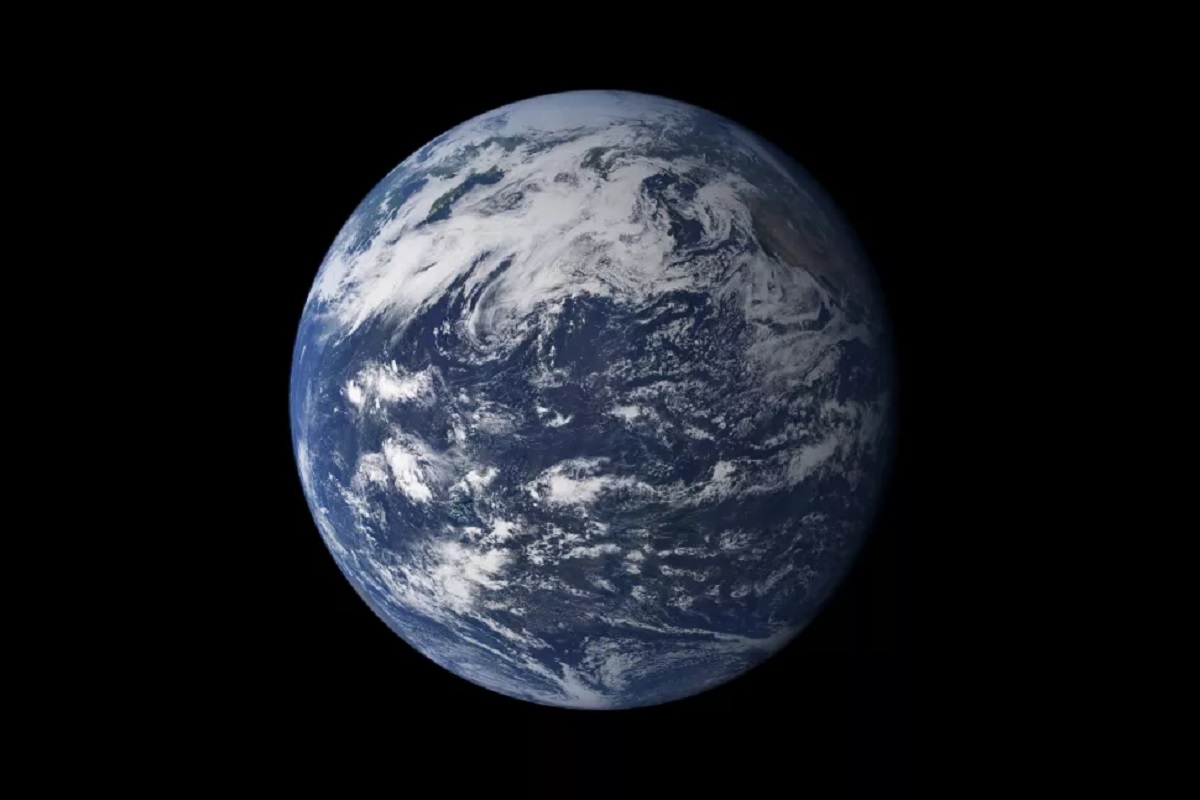Scientists have long debated where the world’s abundant water supply comes from. One theory is that the water was supplied by asteroids. But new research suggests Earth itself created its first water supply through chemical reactions between its surface’s hydrogen-rich atmosphere and magma.

If the Earth were 0.2 to 0.3 times its current size, it could have retained its atmosphere for a long time, according to research published in the journal Nature. That atmosphere would have been much richer in hydrogen than Earth’s current atmosphere. Currently, the atmosphere is 78% nitrogen.
Hydrogen exists in our Earth’s atmosphere. The researchers found that large amounts of hydrogen from the atmosphere would mix with the molten magma below the surface; which is the largest and densest layer on Earth. Then from here will make the mantle. Water is produced on planets as a byproduct of these chemical reactions.
Such hydrogen-rich atmospheres are commonly found around many newly formed rocky planets outside our solar system, and the team says the movement of light hydrogen molecules from Earth’s atmosphere early in Earth’s history into the molten interior answers two long-standing questions: How large amounts of liquid water came to exist on Earth’s surface. And why the planet’s core, which is mostly iron, is less dense than scientists thought.
Such hydrogen-rich atmospheres are commonly found around many newly formed rocky planets outside our solar system. The research team says they are looking to answer two questions. How large amounts of liquid water came to exist on Earth’s surface in the very beginning.
The team developed a model to study 25 compounds and 18 different chemical reactions and found that these chemical reactions allowed for the formation of abundant water that resides in the planet and its atmosphere.
